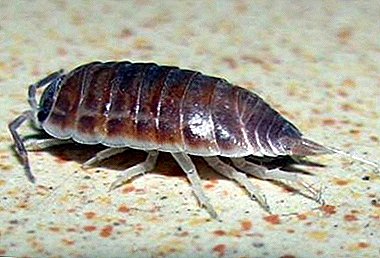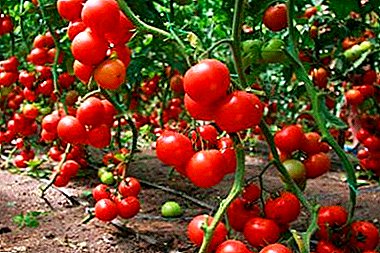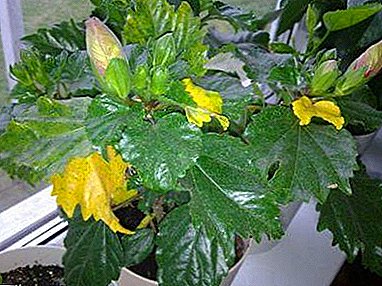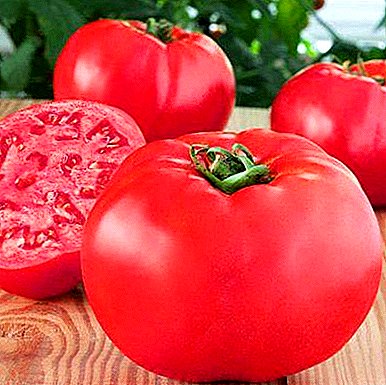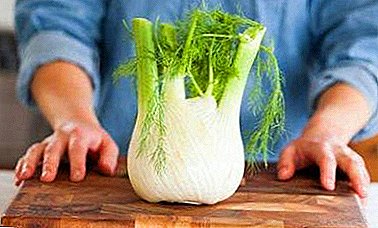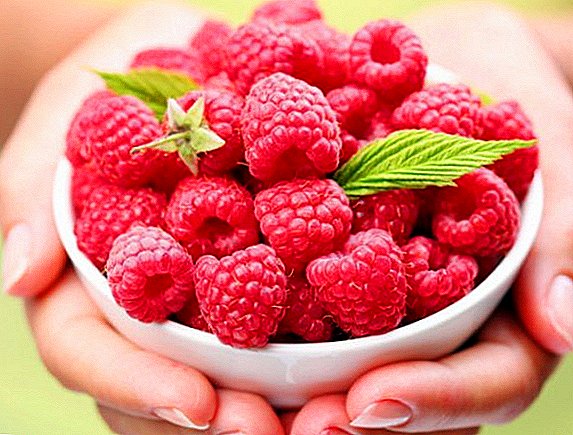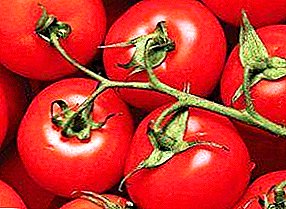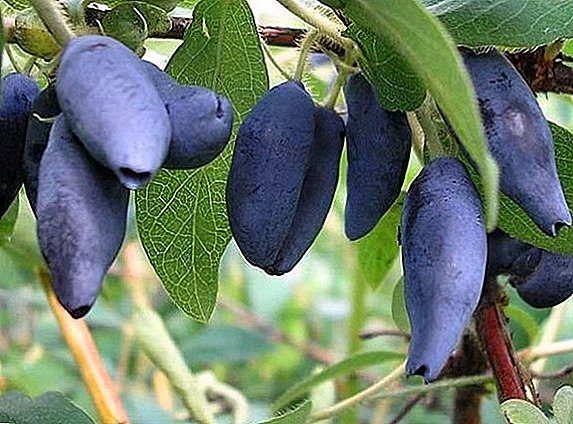 "Bakcharsky giant" - a variety of edible honeysuckle, which has earned its popularity due to early ripening and fairly large fruits (up to 4 cm). The bush grows in height to 2 meters, has an oval crown and high yield.
"Bakcharsky giant" - a variety of edible honeysuckle, which has earned its popularity due to early ripening and fairly large fruits (up to 4 cm). The bush grows in height to 2 meters, has an oval crown and high yield.
Description and characteristics of the variety
The name of this fruit shrub quite brightly and clearly characterizes it. Unlike other varieties of honeysuckle, Bakcharsky Giant has rather large cylindrical fruits, whose weight reaches 2 g. The taste of these berries is sweet and sour, with delicate pulp and thin skin. At a bush sprawling oval krone and large leaves of gray-green color.
Tall this honeysuckle variety reaches 1.5-2 meters. Plant begins to fructify in 2-3 years after planting and has an average yield. Honeysuckle "Bakcharsky giant" is very easy to collect, this is stated in the description of the variety and reviews of gardeners who have already appreciated the plant.
Also popular are the decorative types of honeysuckle: Tatar and kaprifol.
Important! The fruits of the “Bakchar giant” will help to resist spring avitaminosis and are extremely useful for people with cardiovascular diseases.
Choosing a landing site
Large-fruited honeysuckle will get acclimatized in a dry corner of the garden. In the first 2-3 years the shrub grows slowly, and then actively grows.
Lighting
Honeysuckle is best planted on a sunny plot no drafts and wind. Good lighting guarantees you a good harvest and ripening berries quickly.
The soil
Despite the fact that this plant is absolutely not fastidious to the soil, it should be noted that it does not tolerate excessive moisture. The most favorable time for planting is early autumn, in which case the shrub will have time to take root and grow strong to frost.
Edible honeysuckle has a lot of useful properties.
Selection of seedlings when buying
When choosing seedlings, it is necessary to pay attention to the number of leaves. A good seedling that will surely take root and be good fruitful, should be 4-5 leaves. Naturally, it is preferable to purchase seedlings from trusted vendors.

Landing rules "Bakchar giant"
Initially, it is necessary to place the seedlings in an earthen talker, in the meantime, pits of 0.5 m in length and 0.5 m in width should be prepared. Place the sprouts in the grooves, fertilize and sprinkle the root system with earth, then pour.
Important! If you want to achieve maximum yield and large-fruited "Bakchar giant"should provide pollination. To do this, it is recommended to plant several varieties of edible honeysuckle. For this excellent varieties such as "Nymph", "Azure", "Pride", "Silginka", "Bakchara" and "Amfora".
Care Tips
Honeysuckle "Bakcharsky giant" the power to grow even an inexperienced gardener, because planting and caring it is not difficultif you follow the simple rules.
Watering
Due to the fact that the plant is unpretentious, it is enough to weed enough in time and provide moderate watering. It is advisable to loosen the soil around the bush after the water treatment.

Top dressing
In the spring Nitrogen supplement is recommended. Also for the shrub are very useful organic fertilizers such as manure, peat, compost, humus. In the summer, after harvest, it is possible to use phosphorus-potash fertilizers.
And in order to guarantee an excellent growth of the root system and increase the frost resistance, it is necessary in the autumn period to feed the soil with double superphosphate and potassium salt.
Did you know? With proper care edible Bakcharsky giant honeysuckle fruits up to 30 years.
Pruning
The first few years after planting the bush does not need pruning. After three years, it is necessary to remove dried stems. But after fifteen years should be cut off the oldest branches.

Pest and disease control
Large honeysuckle "Bakcharsky giant" - unpretentious and resistant to diseases and pests shrub. If necessary, you can protect it with plant and biological products. Categorically pesticide use prohibited, as they are destructive for the plant.
Did you know? During the flowering period, the honeysuckle “Bakchar giant” is an excellent honey plant.
Wintering honeysuckle
This variety was bred in Siberia. At home, the plant can withstand up to -50 degrees. Do not recommend planting this variety of edible honeysuckle in the southern regions, as too warm winter adversely affects the plant - may cause re-bloom. In this case, next season will not have to rely on the harvest, as the fruits are not tied.
The advantages and disadvantages of the variety
A clear advantage over other varieties are large edible fruits that are easy to collect. Caring for a plant does not give you trouble, as it frost-resistant and not capricious.
The disadvantages include the fact that honeysuckle begins to bear fruit only in the third year after planting. Also disadvantages include the high crumbling of berries, but it can easily be turned into a virtue. It is enough just to lay a cloth or film under a bush, and this will help you in harvesting.

If you decide to plant the Bakcharsky Giant honeysuckle on your site, be aware that it has the most positive reviews, and you can be sure that you will enjoy large, juicy and tender fruits. By the way, the berries can be enjoyed not only in summer, they are perfectly frozen and very good for preservation.


